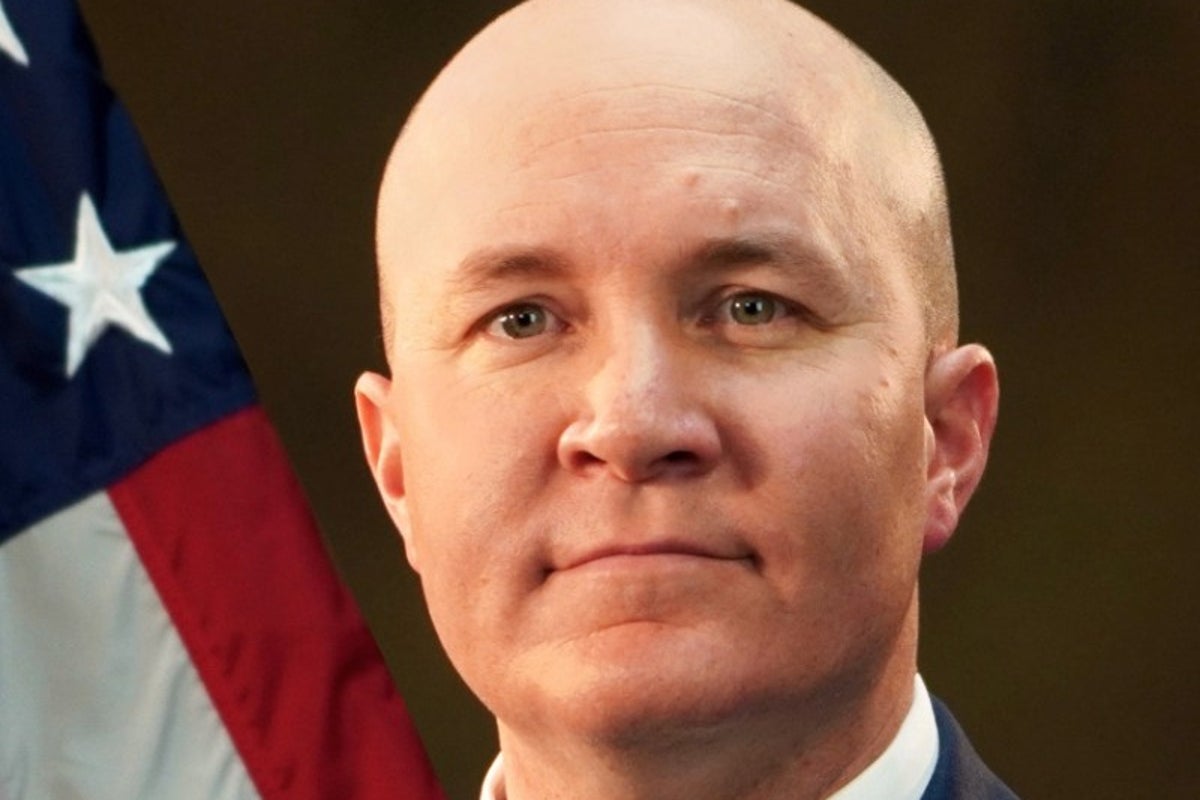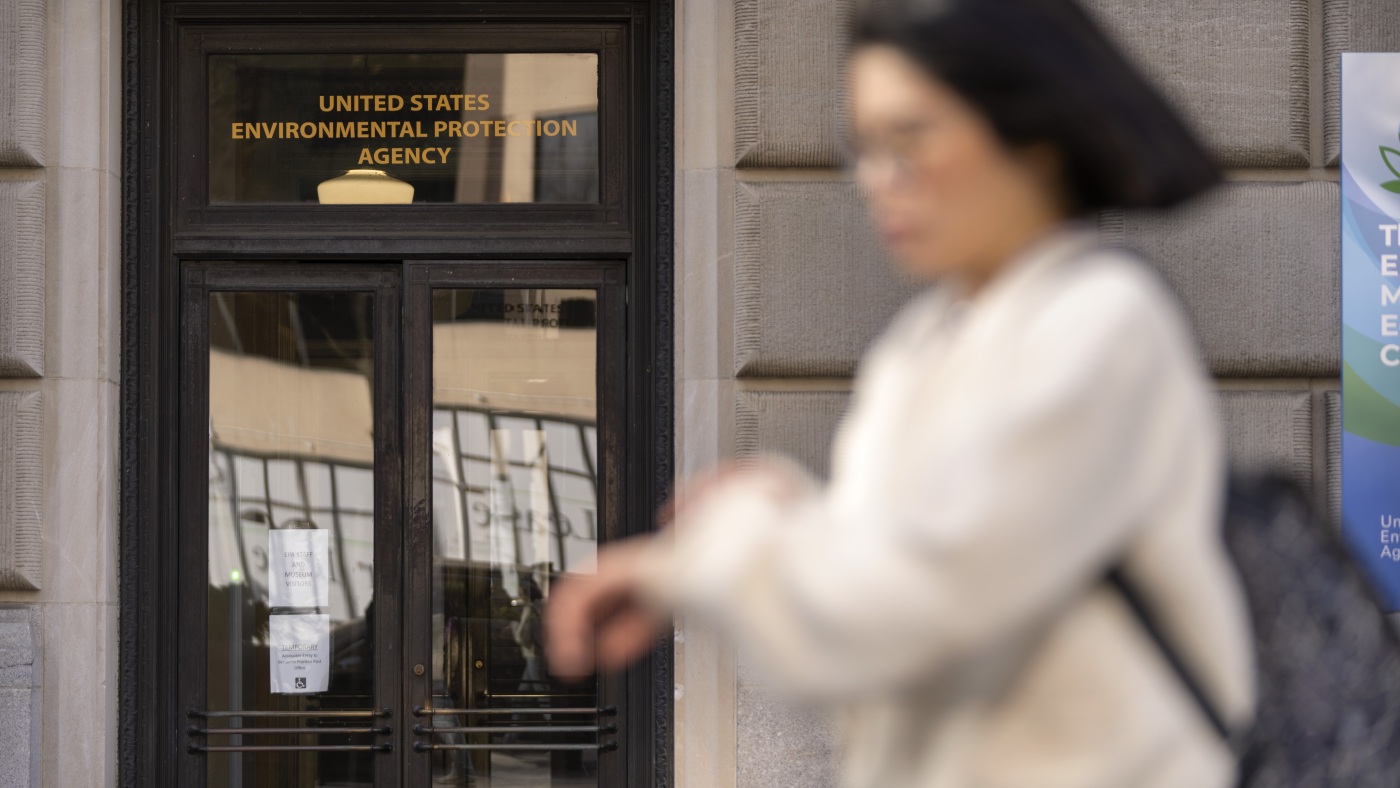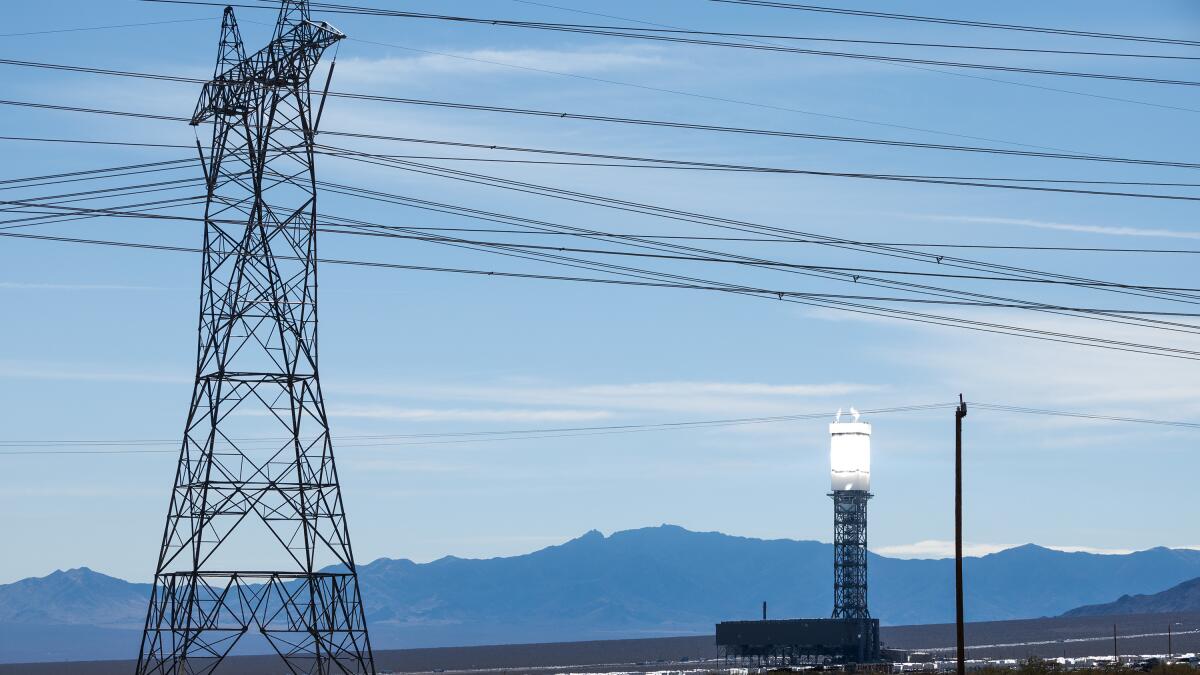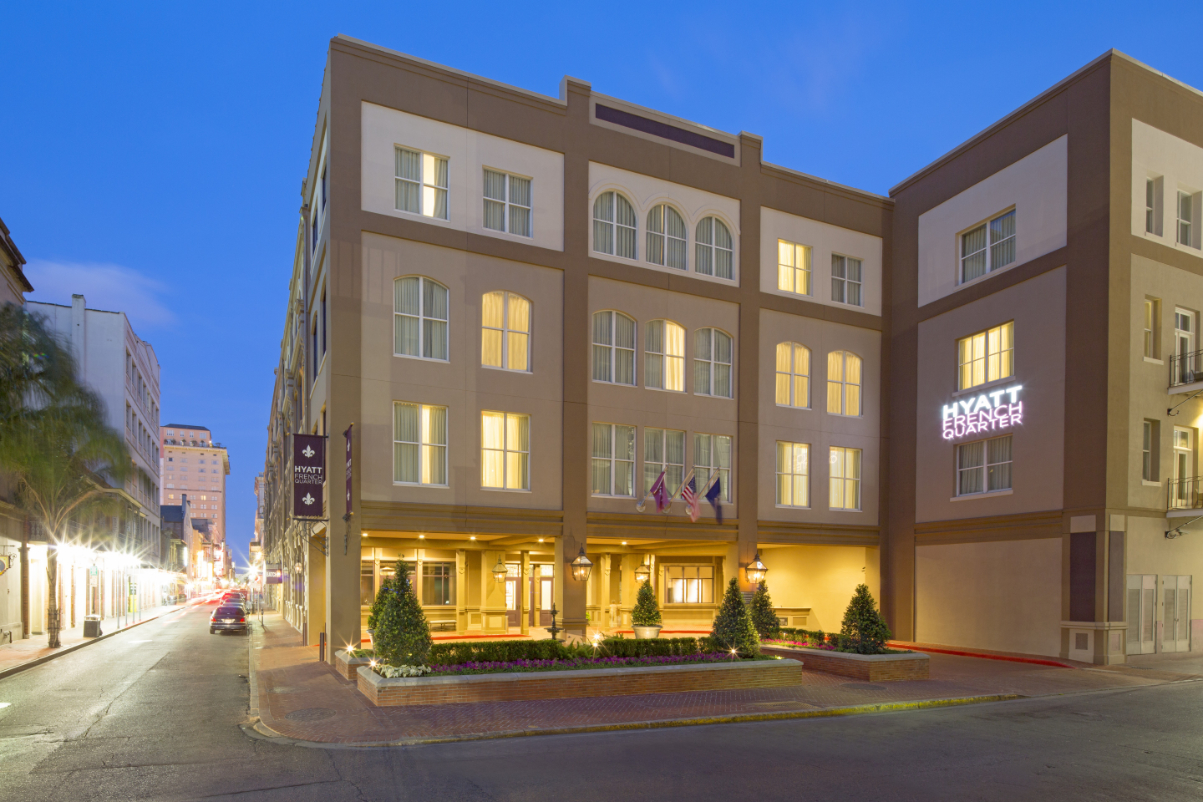Radioactive Release Approved: Los Alamos Lab's Tritium Venting Sparks Environmental Debate

The controversial proposal sparked widespread public outcry, compelling dozens of concerned citizens to attend a heated public forum in August to voice their opposition and concerns. The intense community response underscored the deep-seated reservations many residents held about the proposed plan.








